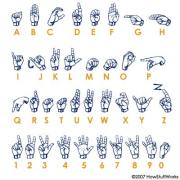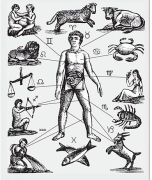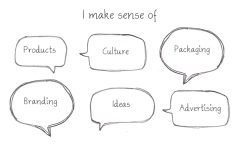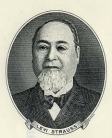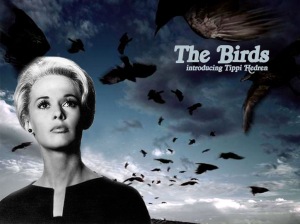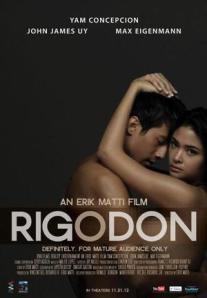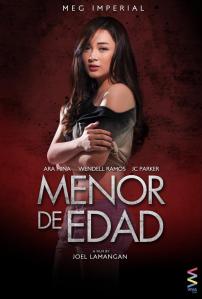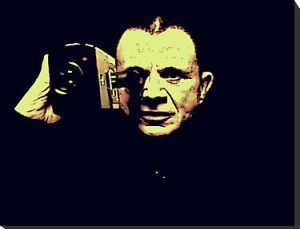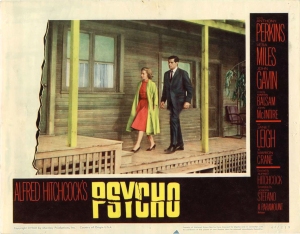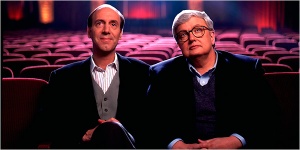
1. Film Criticism
It is a way of criticizing a film, director, actor or genre but has a basis in reality, more meaningful and more complex than film review. It is written for a scholastic/intellectual audience and gives analysis within the academics concepts and discussion. It is more likely close to philosophy and theoretical rather than commentary. Film critics such as Andre Bazin, Christian Metz, Bela Balazs try to comprehend how, why and what’s the effect of film on people.
2. Theories
 Feminist Theory
Feminist Theory
From the word itself feminine conveys about the rights and interests of female in the society. It also tackles about the gender inequality between male and female, focuses more on gender politics, sexuality and power.
“Feminism is a social movement that has had an enormous impact on film theory and criticism,” according to the Cinema Book of Anneke Smelik.
Feminist film theory has given importance to the portrayal of women in the society as outcast on having power, and being an object to films or desire for male perspective. Women are passive in terms of the types of looking according to Laura Mulvey. The male is the active looker which causes them to see women have the powerless role when it comes to their point of view. It come along way since 1960’s. They focus on issues relevant to women or attack the typical patriarchy in the world of film.
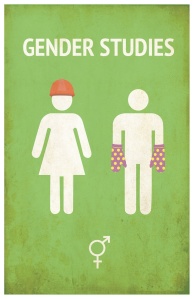
Gender studies theory circulates its concepts to different genders: men, women, gays and lesbians. In cinema, gender is also considered as important aspect in making a film because it could be an eye-opener to the audience why and how they become like that.
“The take-over of the feminist agenda by studies on masculinity, which results in transferring funding from feminist faculty positions to other kinds of positions. There have been cases…of positions advertised as ‘gender studies’ being given away to the ‘bright boys’. Some of the competitive take-over has to do with gay studies. Of special significance in this discussion is the role of the mainstream publisher Routledge who, in our opinion, is responsible for promoting gender as a way of deradicalizing the feminist agenda, re-marketing masculinity and gay male identity instead.” – Rosi Braidotti, a feminist theoretician criticizes his side about gender studies.
Gender is used to refer to the construction in social and cultural cause of masculinities and femininities rather than just the entire physical aspect as male or female.
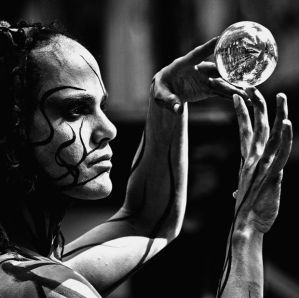
Performance theory develops a journey through the six components of level of performance: context, level of knowledge, level of skills, level of identity and fixed factors.
There should always be a performer and a spectator because a performance should be perceived in order to make it exist. The third unit here is the author who judges the performance. For example like in a class activity everyone should participate. When a performer or student gives his accorded action in an activity, it will be perceived by the other students or spectators. In the evaluation, the levels of performance will be evaluated by the author or the teacher.
In relation to cinema, performance is a must to obtain a good journey of an actor, director, film itself and other aspects of it. It is also important to know how to improve one’s ability to create an aesthetic art through films by convincing him/her to optimal emotional state or performer’s mindset, immersing the performer in an enriching environment and engaging the performer in reflective practice or learning from experiences.
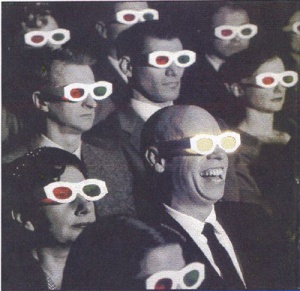
Cinema is a mediator to the unconscious minds of the spectator that gives an impact and cinematic reality effect on them. This theory has three stages that includes the 1970 film theory, 1975 feminist film theory and 1980’s (almost feminist) film theory.
In 1970 film theory, Bellour stated cinema as ” functioning simultaneously for the Imaginary (that is, as the reflection, the mirror) and the Symbolic (that is, through its film discourses as language). It makes the spectator believe on what is perceived on the screen that emphasizes the impact on semiotic and psychoanalysis on films. Cinema makes present what is absent. There’s an illusionism being done.
In 1975, Laura Mulvey who is mentioned in the feminist film theory, discussed this about the types of looking. Men are being described the place from which the spectator looks which is they are the point of view in each viewing.
In 1980, Mulvey again tries to paved way theoretical approaches rather than psychoanalytic. She described cinema as pleasure in a masochistic structure where spectators are seeing things in a passive way.

A person became a part of a group or society when he/she shares a common culture, norm, language, religion, history, etc. that could fit in with other members. Ethnicity is the term called for those who have a these common to other people and hence builds a community of having a cultural heritage. Sometimes, ethnic groups in the world are extinct in terms of their traditions and other identification as a member of one ethnicity which causes them to be distinguished easily. Anthropology could explain this further.
Filmmakers also consider ethnic theory to show the origin of the actions of the actors and background used in a film production. Though it is just a small factor in films, it explains how everything started.

In every films, when one appreciates the execution of every actions made in the film, the person who’s in charge of that act is always asked by the audience. In this theory, the creative vision is being emphasized which always pertains to the director’s view. It is him who is the author of creativity. It is where the Misen-en-scene always takes place.
André Bazin, explained that: “Auteur theory was a way of choosing the personal factor in artistic creation as a standard of referencce, and then assuming that it continues and even progresses from one film to the next.”
Auteur theory is in the context of French New Wave era. The director’s entire film works gives a name in the industry of film rather than individual films.
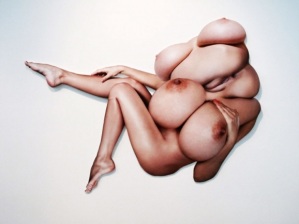 Generally, art is an expression that conveys aesthetic pleasure in the senses of a human. In the industry of film today, something that can be a source of pleasure, interests the audience. In this theory, it explains the different type of pleasure from films. Every spectator becomes the heterosexual male’s point of view. Their pleasure as they gaze a woman being an object of gratification tends them to feel like that too.
Generally, art is an expression that conveys aesthetic pleasure in the senses of a human. In the industry of film today, something that can be a source of pleasure, interests the audience. In this theory, it explains the different type of pleasure from films. Every spectator becomes the heterosexual male’s point of view. Their pleasure as they gaze a woman being an object of gratification tends them to feel like that too. Laura Mulvey, a feminist film theorist, coined the term Male Gaze. She elaborated the three looks in gazing where the scopophilic intent is being emphasized. First, the male character perceives the woman character. The other one, the spectator watches intimately to the female character. And lastly, both the male character and the spectator view the woman as an object of desire.
Laura Mulvey, a feminist film theorist, coined the term Male Gaze. She elaborated the three looks in gazing where the scopophilic intent is being emphasized. First, the male character perceives the woman character. The other one, the spectator watches intimately to the female character. And lastly, both the male character and the spectator view the woman as an object of desire. The films incorporated here more likely focus on the woman’s curves, the nudity, and her seductively actions to portray a strong visual and erotic impact. According to Jonathan Schroeder, “Film has been called an instrument of the male gaze, producing representations of women, the good life, and sexual fantasy from a male point of view'”(Schroeder 1998, 208). He also stated that to gaze implies more than to look at, meaning the one who gazes has a psychological relationship of power or dominance over the woman being gazed at.
The films incorporated here more likely focus on the woman’s curves, the nudity, and her seductively actions to portray a strong visual and erotic impact. According to Jonathan Schroeder, “Film has been called an instrument of the male gaze, producing representations of women, the good life, and sexual fantasy from a male point of view'”(Schroeder 1998, 208). He also stated that to gaze implies more than to look at, meaning the one who gazes has a psychological relationship of power or dominance over the woman being gazed at. In the Philippine setting, this kind of films are seen in the so called “Bold” movies where they are shown to be passive, masochist and very weak. Like the movie, ‘Rigodon’, two women are weakened by their affair to the same guy although the wife knew what’s between her husband’s other woman. To cut the story short, though the man is really attracted to the mistress, he still chose his family. The mistress was desperately begging to be with the man.
In the Philippine setting, this kind of films are seen in the so called “Bold” movies where they are shown to be passive, masochist and very weak. Like the movie, ‘Rigodon’, two women are weakened by their affair to the same guy although the wife knew what’s between her husband’s other woman. To cut the story short, though the man is really attracted to the mistress, he still chose his family. The mistress was desperately begging to be with the man. On the counterpart, the international Hollywood film like the “Charlie’s Angels”, the three women was portrayed to be dominant although they still show the voyeuristic pleasure to the men character in the film and even the spectators, both male and female, because they got the empowerment being a strong woman that lacks most of their gender.
On the counterpart, the international Hollywood film like the “Charlie’s Angels”, the three women was portrayed to be dominant although they still show the voyeuristic pleasure to the men character in the film and even the spectators, both male and female, because they got the empowerment being a strong woman that lacks most of their gender.
